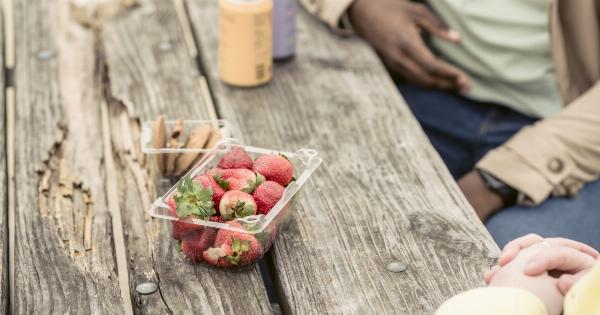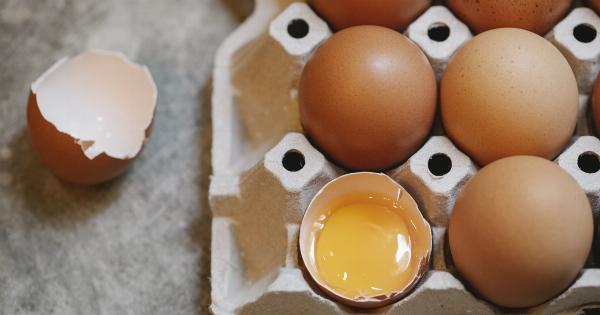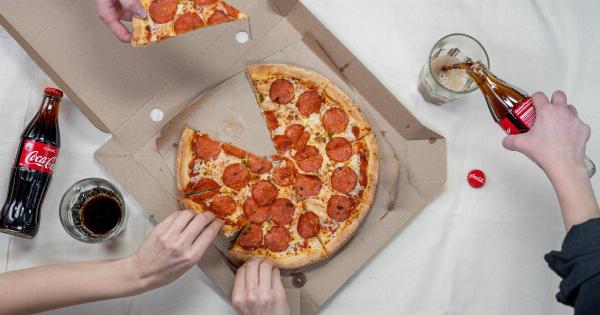Have you ever thrown a half-defrosted piece of chicken back into the freezer, thinking you’ll come back to it later? It’s a common habit for some people, but it’s actually not a good idea.
Refreezing food can be dangerous for a number of reasons, as we’ll explain in this article.
What happens to food when it’s frozen?
Before we talk about why refreezing food is a bad idea, let’s first explain what happens to food when it’s frozen. When food is frozen, the water molecules inside it turn into ice.
This effectively puts the food into a state of suspended animation, halting any bacterial growth and preserving the food.
However, freezing does not kill any bacteria that may be present in the food. It simply puts them on pause. When the food is thawed and returned to room temperature, the bacteria can start to grow again.
Why shouldn’t you refreeze food?
There are several reasons why refreezing food is not recommended:.
1. Bacterial growth
As we mentioned earlier, freezing does not kill bacteria, it only halts their growth. If you defrost food and then refreeze it, you are essentially giving the bacteria a chance to wake up and start growing again.
This can lead to foodborne illnesses such as salmonella and listeria.
2. Texture and flavor changes
Each time you freeze and thaw food, you run the risk of damaging its texture and flavor. This is because the ice crystals that form during freezing can break down the structure of the food.
Over time, the quality of the food can deteriorate to the point where it is no longer enjoyable to eat.
3. Safety concerns
Aside from the bacterial growth that can occur when refreezing food, there are other safety concerns to consider.
For example, if you thawed raw meat on a plate and then used that same plate to serve your cooked meat, you could be exposing your family to harmful bacteria.
When is it safe to refreeze food?
There are some instances where it is safe to refreeze food. For example, if you have a food item that was already frozen when you bought it (such as frozen peas), you can safely refreeze it if it has only been partially thawed.
The same goes for food that has been cooked – as long as it has been cooked to a safe temperature, you can refreeze it.
However, you should never refreeze raw meat or poultry that has been thawed. It’s also not a good idea to refreeze dairy products, prepared foods, or anything that has been sitting at room temperature for more than two hours.
How to thaw food safely
The best way to avoid having to refreeze food is to thaw it properly in the first place. Here are some tips for thawing food safely:.
1. Refrigerator thawing
The safest way to thaw food is in the refrigerator. Simply place the frozen food in a dish and put it in the fridge. This method takes the longest, but it ensures that the food stays at a safe temperature throughout the thawing process.
2. Cold water thawing
If you need to thaw food quickly, you can use the cold water method. Simply put the frozen food in a sealed plastic bag and submerge it in cold water. Change the water every 30 minutes to keep it cold.
This method is faster than refrigerator thawing, but it requires more attention to ensure that the food stays cold.
3. Microwave thawing
The fastest way to thaw food is in the microwave, but it’s also the method that is most likely to lead to partial cooking of the food.
If you do use the microwave to thaw food, make sure to cook it immediately after thawing to avoid any bacterial growth.
Conclusion
Refreezing food is not a good idea for a number of reasons. Bacterial growth, texture and flavor changes, and safety concerns all make it something to avoid if possible.
Instead, focus on thawing food safely and cooking it properly to ensure that it stays safe and delicious to eat.































